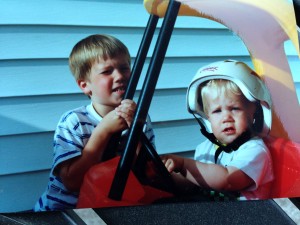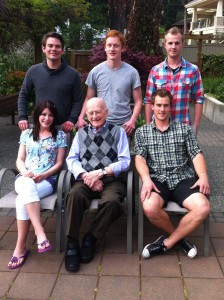In order to address this question you will need to refer to Sparke’s article, “A Map that Roared and an Original Atlas: Canada, Cartography, and the Narration of Nation.” You can easily find this article online. Read the section titled: “Contrapuntal Cartographies” (468 – 470). Write a blog that explains Sparke’s analysis of what Judge McEachern might have meant by this statement: “We’ll call this the map that roared.”
I have never really put much thought into the formation of maps, but this lesson has definitely sparked an interest for me. After putting some serious thought into it, several questions came to mind that I had never thought to necessarily be important ones – how are maps created?; who has a say in their creation?; how can maps change through time?; and what happens when there is a land dispute?
When a map was brought out to Judge McEachern in court during period of 1982-1983, he said ‘We’ll call this the map that roared’. After quoting this in his writing, Sparke immediately refers to this as a ‘paper tiger‘. Being unfamiliar with the term ‘paper tiger’, I looked it up and found the definition to be ‘something that seems threatening but is ineffectual and unable to withstand challenge’. To me this was a very interesting thing to put some thought into. The Gitxsan and Wet’suwet’en people had produced a map in court in order to confirm that the land was in fact rightly theirs, but in reality was the map they produced ‘ineffectual’ as Sparke immediately alludes to? This map had been created through the oral histories of the Gitxsan and Wet’suwet’en people, but was that oral history that created this map enough for Judge McEachern to justify re-creating the boundaries of general maps of the day – not in his opinion at that time.
It is clear to us that this battle of oral history vs. today’s actualities is ongoing, but there has definitely been much positivity created regarding this topic in recent decades. It is amazing to learn that the Supreme Court overturned the initial decision made by Judge McEachern – and this shows that oral histories can and should make differences. In my eyes, Judge McEachern, by saying ‘We’ll call this the map that roared’, implied that this map was to him in fact a paper tiger, and although it had the initial voice to raise and ‘roar’, did it have the follow through? The fact that this case was over turned is evidence that oral histories make a difference in the decision making of today.
Works Cited
-Sparke, Mathew. “A Map that Roared and an Original Atlas: Canada, Cartography, and the Narration of Nation.” Annals of the Association of American Geographers 88.3 (1998): 463- 495. Web. 04 April 2013.
-http://www.thecourt.ca/2007/12/10/the-anniversary-of-delgamuukw-v-the-queen-two-legacies/
-http://en.wikipedia.org/wiki/Paper_tiger


